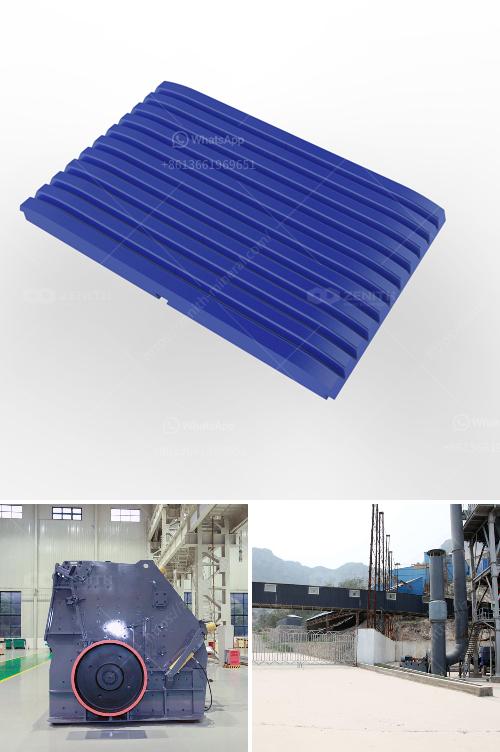Building a small crusher production line involves several steps ranging from planning and design to purchasing equipment and installation. Here’s a basic guide to help you get started:
1. Planning and Design
- Determine Requirements: Assess the materials you need to crush (e.g., stone, concrete, metal) and the expected output capacity.
- Site Selection: Choose a suitable location with enough space for equipment, stockpiles, and ease of access.
- Regulatory Compliance: Check local regulations for environmental and safety standards.
2. Equipment Selection
- Primary Crusher: This could be a jaw crusher or impact crusher, depending on the material and size.
- Secondary Crusher: Depending on the final product requirements, you might need a cone crusher or other type of secondary crushing apparatus.
- Conveyors: To transport material between stages.
- Screening Equipment: To separate different sizes of crushed material.
- Dust Collection System: To minimize dust and ensure environmental compliance.
- Control Panel: For easy operation and monitoring.
3. Purchase and Delivery
- Research Suppliers: Look for reputable suppliers with good reviews and customer service.
- Request Quotes: Get detailed pricing and specifications from multiple suppliers.
- Place Orders: Once comparisons are made, order the required equipment.
4. Installation
- Foundation Work: Prepare the site, including concrete foundations for heavy equipment.
- Set Up Equipment: Position and secure crushers, conveyors, and screens as per the design layout.
- Electrification: Install electrical systems and control panels, ensuring everything is up to code.
5. Testing and Adjustments
- Inspection: Check the installation thoroughly before starting up.
- Initial Run: Start the production line and observe for any issues or adjustments needed.
- Calibration: Fine-tune settings for optimal performance.
6. Maintenance and Operations
- Training: Make sure your staff is adequately trained on operation and safety procedures.
- Regular Maintenance: Establish a routine maintenance schedule to ensure longevity and reliability of the equipment.
- Spare Parts: Keep essential spare parts on hand to minimize downtime.
7. Scalability and Optimization
- Monitor and Review: Continuously monitor the production line's performance and look for areas of improvement.
- Upgrade: As demand grows, consider upgrading or adding more equipment to increase capacity and efficiency.
Would you like more detailed information on any specific part of the process?


